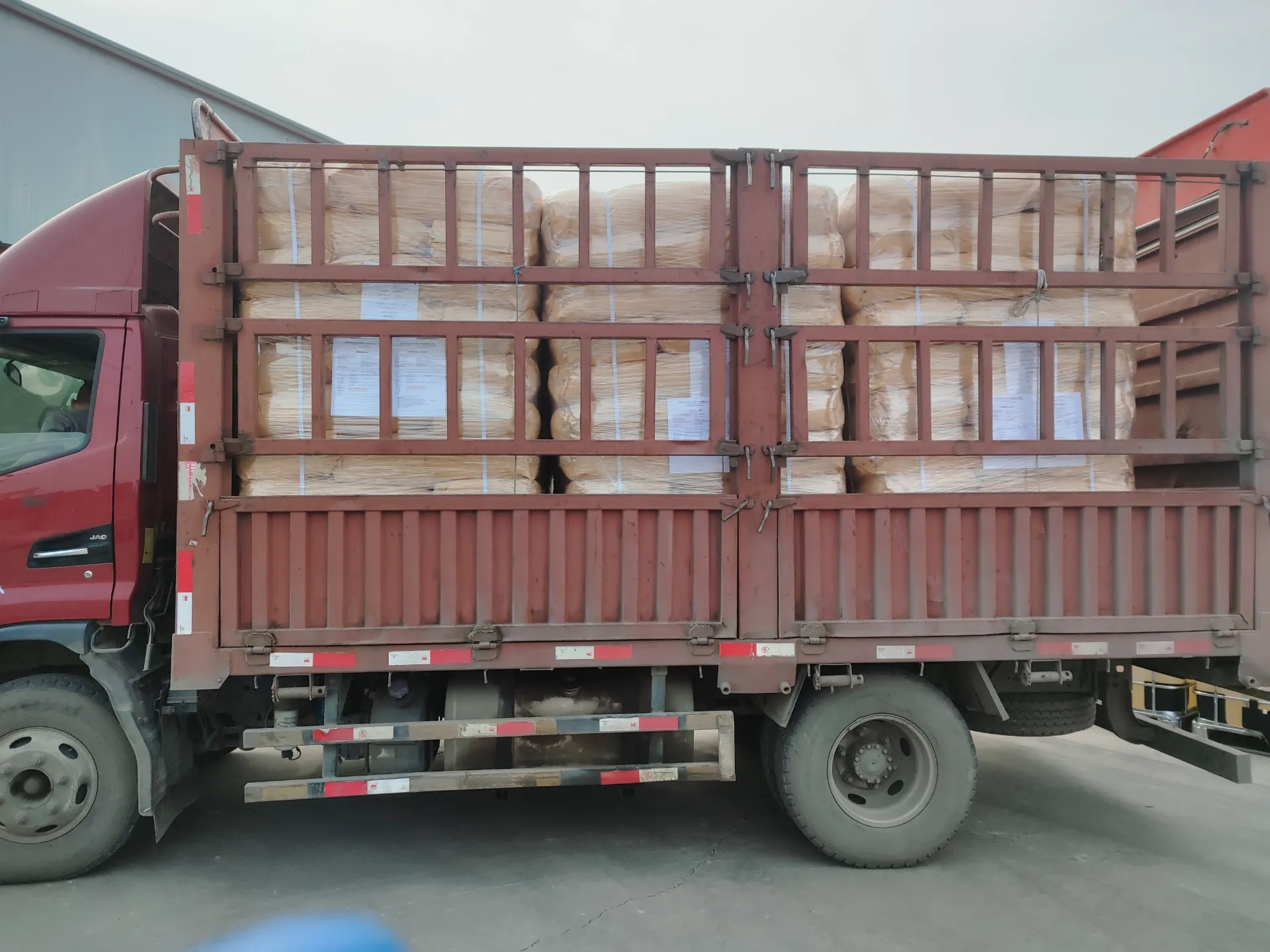In the pharmaceutical industry, where cyclization reactions are ubiquitous in drug synthesis, the dimethyl urea derivative is gaining attention as a reliable and scalable additive for complex molecular constructions. Its predictable behavior and compatibility with diverse reaction conditions make it particularly attractive for process chemistry applications where reproducibility is paramount.

Applications of 1,3-Dimethylurea in Specific Cyclization Reactions
Dieckmann Condensations and Related Processes
The application of 1,3-dimethylurea (CAS 96-31-1) in Dieckmann cyclizations demonstrates its unique value as a reaction regulator. In these transformations, which involve the intramolecular condensation of diester compounds to form β-ketoesters, the dimethyl urea derivative serves multiple functions. It acts as a mild base to generate the requisite enolate while simultaneously stabilizing the developing negative charge in the transition state through dipole interactions. Compared to simpler dimethylurea compounds, the 1,3-dimethylurea provides better control over the cyclization process, often leading to higher yields of the desired cyclic product with fewer side reactions.
Palladium-Catalyzed Cyclizations
In transition metal-catalyzed cyclizations, 1,3-dimethylurea use has shown particular promise as a ligand modulator. The compound's ability to weakly coordinate with palladium centers helps maintain catalyst activity while preventing over-coordination that could lead to catalyst deactivation. This delicate balance is crucial in reactions like Heck cyclizations or carbonylative cyclizations, where maintaining just the right level of catalyst accessibility is key to successful ring formation. The CAS 96-31-1 material's volatility profile also makes it suitable for reactions requiring elevated temperatures, as it remains stable under typical cyclization conditions.
Heterocycle Formations
The preparation of nitrogen-containing heterocycles represents another area where 1,3-dimethylurea (CAS 96-31-1) excels as a reaction regulator. In the synthesis of imidazoles, pyrimidines, and related structures, this dimethyl urea derivative can participate in the reaction mechanism itself, often serving as both a reagent and a template for ring formation. Its symmetrical structure provides a balanced electronic environment that promotes clean cyclizations without the excessive electronic bias that might favor one reaction pathway over another undesirably.
Comparative Advantages Over Other Urea Derivatives in 1,3-ಡೈಮಿಥೈಲ್ಯೂರಿಯಾ
When evaluating 1,3-dimethylurea use against other urea-based compounds, several distinct advantages emerge that explain its preference in cyclization chemistry. Unlike mono-methylated dimethylurea variants, the symmetrical substitution pattern in 1,3-dimethylurea (CAS 96-31-1) provides more predictable behavior in diverse reaction conditions. The balanced electronic effects of the two methyl groups prevent the sort of electronic asymmetry that could lead to unwanted side reactions or regioselectivity issues.
Compared to bulkier urea derivatives, this dimethyl urea compound offers just enough steric presence to influence reaction pathways without imposing excessive steric hindrance that might slow down desired cyclizations. The CAS 96-31-1 material also demonstrates better thermal stability than many related compounds, making it suitable for cyclization reactions requiring elevated temperatures. Furthermore, its solubility profile strikes an ideal balance - sufficiently polar to dissolve many reaction components yet not so hydrophilic as to create phase separation issues in organic media.
Safety and Handling Considerations of 1,3-ಡೈಮಿಥೈಲ್ಯೂರಿಯಾ
ಹಾಗೆಯೇ 1,3-dimethylurea (CAS 96-31-1) is generally considered a relatively safe chemical for laboratory use, proper handling procedures should always be followed, especially given its application as a reaction regulator means it's often used in significant quantities. The dimethyl urea derivative is typically stable under normal storage conditions, but like many urea compounds, it should be protected from extreme heat and strong oxidizing agents.
In industrial applications of 1,3-dimethylurea use, proper ventilation is recommended, as the compound may form dust or vapors at elevated temperatures. The CAS 96-31-1 material's environmental fate and toxicity profile are generally favorable compared to many alternative cyclization additives, contributing to its growing popularity as a greener alternative in synthetic chemistry. Its relatively low volatility reduces inhalation risks compared to more volatile dimethylurea compounds, while its biodegradability profile makes it attractive from an environmental standpoint.
Future Perspectives and Emerging Applications of 1,3-ಡೈಮಿಥೈಲ್ಯೂರಿಯಾ
The future of 1,3-dimethylurea (CAS 96-31-1) in cyclization chemistry appears promising, with several emerging applications currently under investigation. Researchers are exploring its potential in photocatalytic cyclizations, where the dimethyl urea framework may help stabilize radical intermediates in visible-light-mediated ring-forming reactions. The compound's ability to participate in hydrogen atom transfer processes could make it particularly valuable in these developing methodologies.
Another exciting direction for 1,3-dimethylurea use lies in asymmetric cyclizations. While the compound itself is symmetrical, its ability to create chiral environments when paired with appropriate catalysts is being actively studied. The CAS 96-31-1 material's modular nature also makes it amenable to structural modifications that could yield even more specialized cyclization regulators tailored to specific reaction types.

